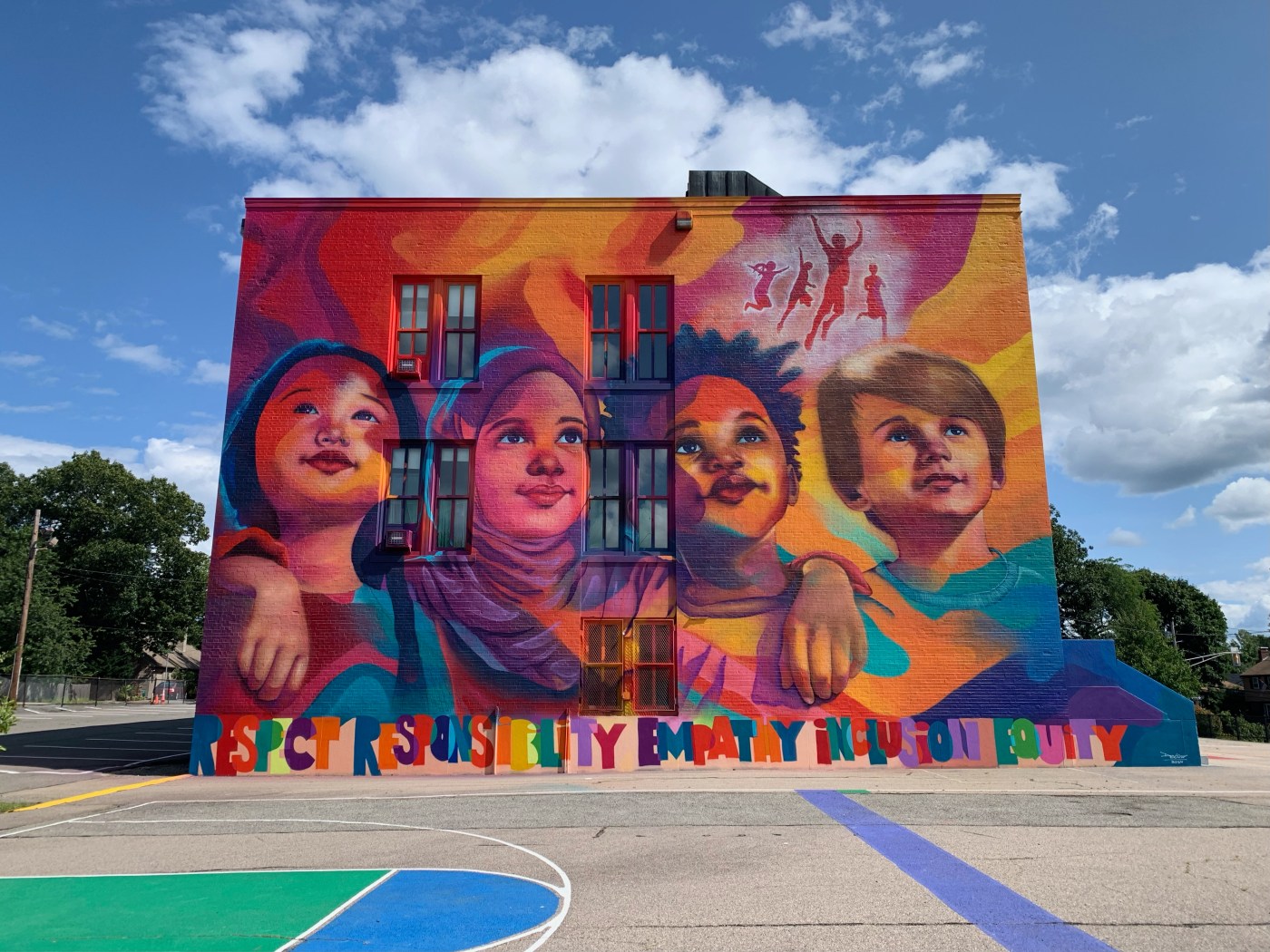
Corban & Maguire: Art a vital part of children’s education
In 2016 Scottish actor James McAvoy said this on the BBC’s “The One Show: “Art in education is at an all time low right now…I do worry about a country in which the government doesn’t allow everyone, across the board, to have access to an education that also includes art…The easiest way to keep your society static and reduce social mobility is to get rid of art.” McAvoy was talking about the United Kingdom, but he may as well have been describing the United States.
Exposure to art from a young age is critical, though not just for creative reasons as it is also a catalyst for critical thinking. Art is also an incredible tool to create discussion and to educate children on different options, cultures, people, history etc. For example, looking at art from pre and post war times in countries can tell us a lot about the people who were alive at the time, what their lifestyle was like and how their society was affected by change.
Boston boasts many museums where the public, especially students, can both see and learn about the value of art. Boston Public Schools students, and their families, are fortunate to have free access to many museums dedicated to the arts via the BPS Sundays program. BPS parents received notice that the program will be extended through December.
The eighth grade students at this summer’s Exam School Initiative (ESI) took a field trip to the Museum of Fine Arts in Boston. For most of the students it was their first time in the MFA. The students walked from Boston Latin School (where ESI was held) and had a quick tour of the museum, giving them a sample of many different styles.
One memorable stop on their MFA visits was in front of “Bicentennial Indian” painted in 1976 by Fritz Scholder. Gathering around the painting, the students gave suggestions and shared opinions on what they thought the piece meant.
Eventually the students commented that it was ironic that a Native American would be “wrapped all up” in the US flag. After discussing various reasons of what the implication of the flag might mean, there was a collective gasp when they were told the symbolism behind flying the US flag upside-down. (It means “distress” and “send help.”) Their interpretation of the painting took on new meaning.
Hanging on the wall opposite the “Bicentennial Indian” is a Native American wearing a blanket decorated with bold, broad stripes set on a white/neutral background. “Hey, it looks like the (US) flag,” observed one student. Another discussion ensued on why these two items are displayed opposite one another. This is an example of the power of art in education. The students have learned to look for symbols in art that can lead them to its meaning whilst simultaneously uncovering new information that will have a hand in shaping their perspectives going forward.
Art helps us process the world around us. An artist will create an image and use symbols and tell us a story. It can sometimes make things more digestible and easier to understand when you learn how to look for them. The process of trying to understand the artwork is the muscle we can strengthen that also leads to improved critical thinking skills.
Art is important in education because it can be used across all subjects. Art can teach us about history and art can be studied in math and science classes. Leonardo Da Vinci was fascinated by anatomy and is famously remembered for his ability to perfectly depict the human body in a time before modern science. The Golden Ratio, a mathematics concept dating back millennia, is also used heavily in art. Art is also used in language classes to teach us about the culture of the people who speak that language. Art is an omnipresent tool in the arsenal of educators.
Creating art is also important for young children when learning fine motor skills and learning how to express themselves and learn about feelings and emotions. Children are not just creating art, they are creating neural pathways in their brains.
Unfortunately, but not too surprisingly, Brian Kisida and Daniel Bowen of the Brookings Institute reported in 2019 that “(o)ver the last few decades, the proportion of students receiving arts education has shrunk drastically. This trend is primarily attributable to the expansion of standardized-test-based accountability, which has pressured schools to focus resources on tested subjects.”
Let us heed James McAvoy’s lamentations about the harmful, and possibly intentional, effects of an education devoid of art. Art is a powerful connector which provides an opportunity for people to bond and build deeper connections with each other. In our post-pandemic world, it is more important than ever to foster such bonds in order to be both better educated and to be better global citizens.
Lucy Corban, art content creator of Girl & Gallery, graduated from Boston Latin Academy in 2017 and now lives in London. Follow her on Instagram at @lucymcorban. Michael J. Maguire graduated BLA in 1989 and is now in his 31st year teaching Latin and Ancient Greek at his alma mater. The ideas expressed here are their own.


